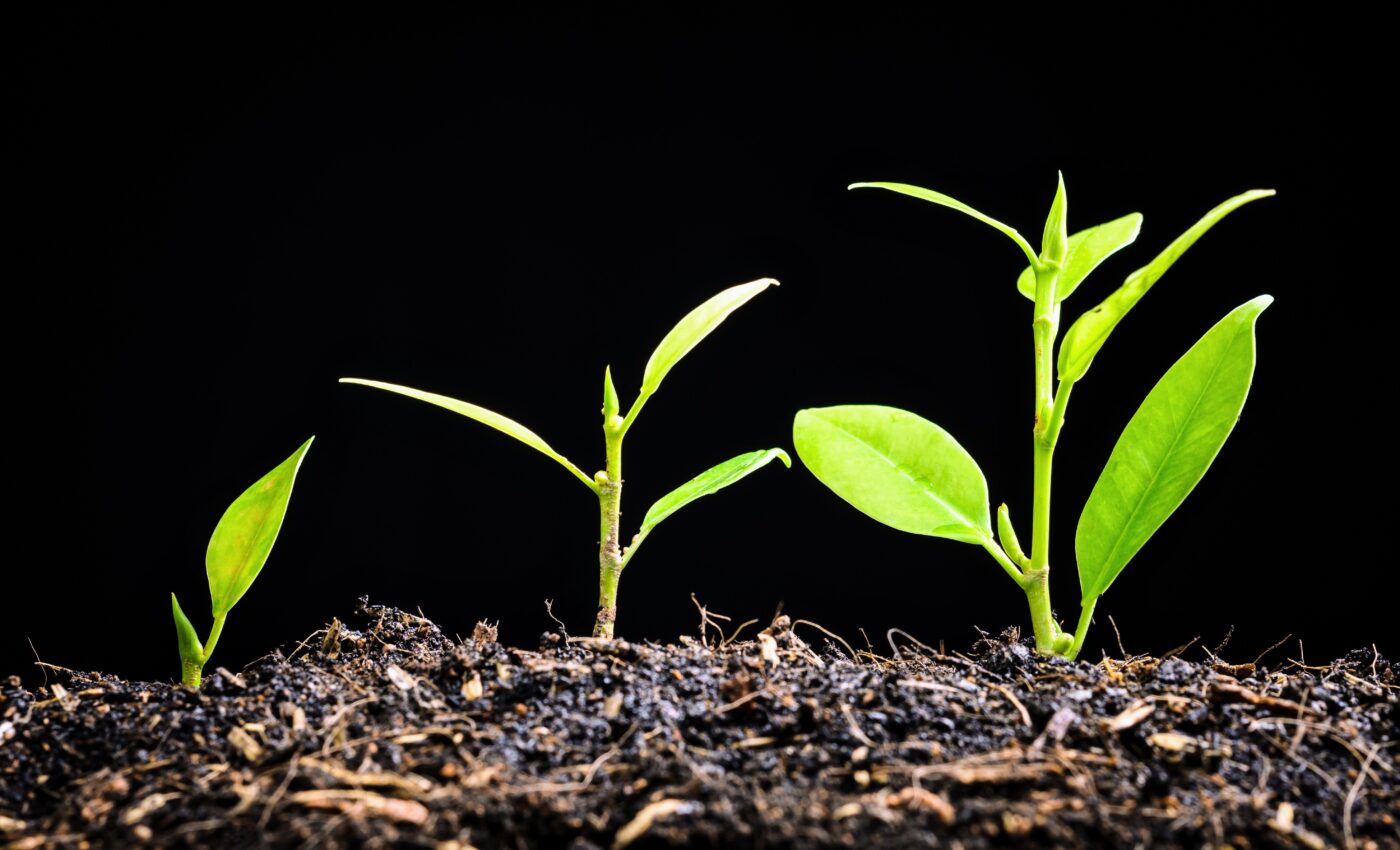
Genetic memories: How plants pass down information across generations
Scientists at the Cold Spring Harbor Laboratory (CSHL) have identified the mechanism by which plants pass down genetic memories to their offspring. This discovery has significant implications for agriculture, food supplies, and the environment.
The research, conducted by CSHL Professors Rob Martienssen and Leemor Joshua-Tor, was focused on the transmission of chemical markers that guide cells on how to use the genetic code embedded in DNA. This phenomenon, known as epigenetic inheritance, is especially prevalent in plants.
Focus of the study
Martienssen and Joshua-Tor investigated how plants transmit markers that inhibit the activity of transposons, also known as “jumping genes.”
When activated, transposons can relocate and interfere with other genes. To prevent this and safeguard the genome, cells attach regulatory markers to specific DNA sites, a process known as methylation.
Making room for genetic memories
The researchers have revealed how the protein DDM1 facilitates the enzyme responsible for placing these markers on new DNA strands.
Plant cells require DDM1 to access their DNA, which is densely packed around packing proteins called histones to maintain a compact and organized genome.
“But that blocks access to the DNA for all sorts of important enzymes,” Martienssen noted. For methylation to take place, “you have to remove or slide the histones out of the way.”
How the research was conducted
DDM1 was first identified by Martienssen and former CSHL colleague Eric Richards three decades ago. Since then, it has been found to slide DNA along its packing proteins, thereby exposing sites that need methylation.
Martienssen compared this movement to a yo-yo gliding along a string, with the histones “moving up and down the DNA, exposing parts of the DNA at a time, but never falling off.”
Using genetic and biochemical experiments, Martienssen identified the specific histones displaced by DDM1. Meanwhile, Joshua-Tor employed cryo-electron microscopy to capture detailed images of the enzyme interacting with DNA and associated packing proteins.
This allowed the researchers to observe how DDM1 latches onto particular histones to remodel packaged DNA.
What the researchers learned
“An unexpected bond that ties DDM1 together turned out to correspond to the first mutation found all those years ago,” Joshua-Tor remarked.
Moreover, the experiments uncovered how DDM1’s preference for certain histones preserves epigenetic controls across generations.
The researchers demonstrated that a specific histone, found only in pollen, resists DDM1 and serves as a placeholder during cell division.
“It remembers where the histone was during plant development and retains that memory into the next generation,” explained Martienssen.
This discovery has far-reaching implications beyond the plant kingdom. Humans also rely on proteins similar to DDM1 to maintain DNA methylation, suggesting that this new insight may shed light on how these proteins preserve the functionality and integrity of our genomes.
More about genetic memories
The creation of “genetic memories” involves the transmission of information from one generation to another that is not coded in the DNA sequence itself. Instead, it refers to the inheritance of traits or characteristics that are transmitted through epigenetic markers.
Epigenetics involves changes in gene expression or cellular phenotype that do not involve alterations of the underlying DNA sequence.
Epigenetic markers
In the context of the study, genetic memories are forged through the transmission of epigenetic markers that guide cells on how to use the DNA code. These markers are crucial for the regulation of genes and the maintenance of the genome.
Jumping genes
Specifically, the study conducted by Martienssen and Joshua-Tor investigated how plants transmit markers that keep transposons, or ‘jumping genes,’ inactive. Transposons can move around the genome and disrupt other genes, so it is essential to silence them to protect the genome.
DDM1
The researchers found that a protein called DDM1 plays a critical role in this process by making way for the enzyme that places regulatory markers (methylation) on new DNA strands.
This process is complicated by the fact that the DNA in plant cells is tightly packaged around proteins called histones. DDM1 helps by sliding the DNA along its packing proteins to expose the sites that need methylation.
Interestingly, the study also revealed that a specific histone found only in pollen resists DDM1 and acts as a placeholder during cell division, thus preserving epigenetic controls across generations.
This finding suggests a mechanism by which plants “remember” where certain histones were during development and retain that memory into the next generation.
—-
Check us out on EarthSnap, a free app brought to you by Eric Ralls and Earth.com.













